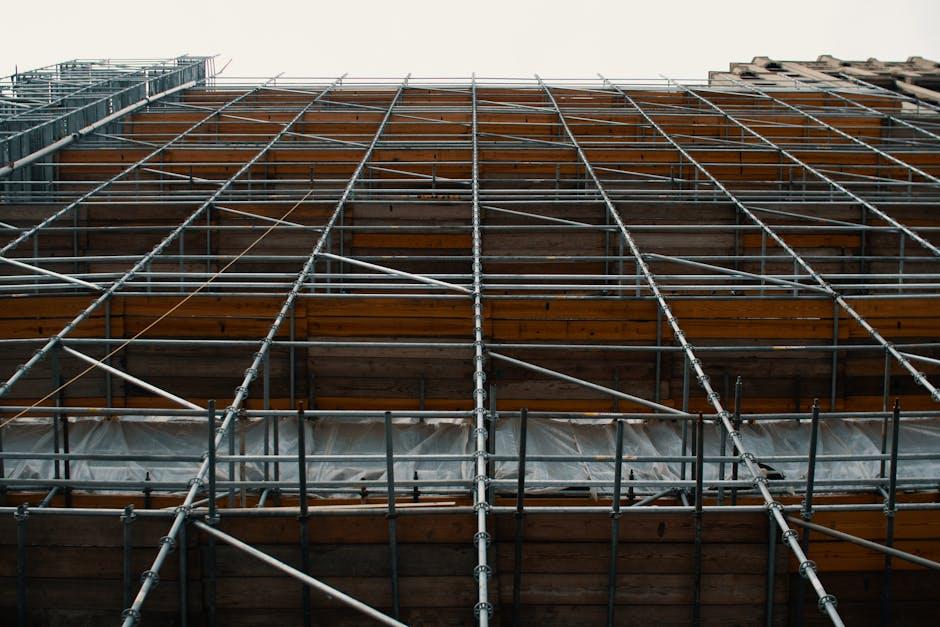How to Build a Hurricane-Proof House
With the increase in extreme weather events worldwide, it has become crucial to build houses that can withstand the destructive force of hurricanes. Traditional building practices are often insufficient in protecting structures and their inhabitants from the high winds, heavy rainfall, and storm surges associated with hurricanes. However, by employing engineering techniques and utilizing resilient materials, it is possible to construct hurricane-proof houses. Here are some key considerations when building a hurricane-resistant home.
1. Location and Foundation:
Choosing the right location for your home is the first step in hurricane-proof construction. Avoid building in flood-prone areas or in regions prone to storm surges. It is also important to choose a lot with solid, well-drained soil to prevent soil erosion during heavy rains.
Next, the foundation of the house should be designed to withstand the powerful winds and potential ground movement. Reinforced concrete foundations with sturdy footings and columns can provide the necessary strength and stability needed for hurricane resistance.
2. Roof Design:
The shape and materials of the roof are crucial in preventing wind damage. A sturdy roof design with a high pitch and aerodynamic shape can reduce wind resistance and uplift forces. Avoid hip roofs, as the sloping sides make them more susceptible to wind damage.
Using impact-resistant roofing materials such as metal, clay, or concrete tiles can help protect the house against wind-borne debris. Additionally, securing the roof covering with strong hurricane straps or clips will reinforce its ability to withstand high winds.
3. Windows and Doors:
Windows and doors are among the most vulnerable parts of a house during hurricanes. Installing impact-resistant windows made of laminated glass or polycarbonate can prevent shattered glass from entering the home and reduce the risk of structural damage.
Reinforcing doors with heavy-duty hinges, a deadbolt, and a sturdy frame will enhance their resistance to high winds and prevent them from blowing off their hinges. Installing storm shutters or impact-resistant shutters can provide an additional layer of protection.
4. Walls and Structural Components:
Using reinforced concrete or steel framing for walls and other structural components can substantially increase a house’s resistance to hurricane-force winds. Traditional wooden frames may not be strong enough to withstand the high wind pressures associated with hurricanes.
Furthermore, using specific construction techniques such as tie beams, hurricane straps, and anchor bolts can fortify and secure the different parts of the house together, minimizing the risk of collapse during a storm.
5. Proper Drainage and Landscaping:
An effective drainage system is essential to prevent flooding and water damage during heavy rainfall or storm surges. This includes grading the land around the house to slope water away, using gutters and downspouts to direct rainwater from the roof away from the foundation, and installing a sufficient drainage system to move water away from the property.
Additionally, landscaping should be carefully planned to avoid placing trees or other structures that could potentially fall onto the house during a storm. Removing dead branches and trimming trees regularly will minimize the risk of debris causing damage during high winds.
Building a hurricane-proof house requires careful planning, the implementation of appropriate techniques, and the use of resilient materials. While the upfront costs of these considerations may be higher, the long-term benefits in terms of safety, reduced repairs, and potentially lower insurance premiums make it a worthwhile investment. By following these guidelines, homeowners can significantly increase their chances of weathering hurricanes without major damage to their properties.

